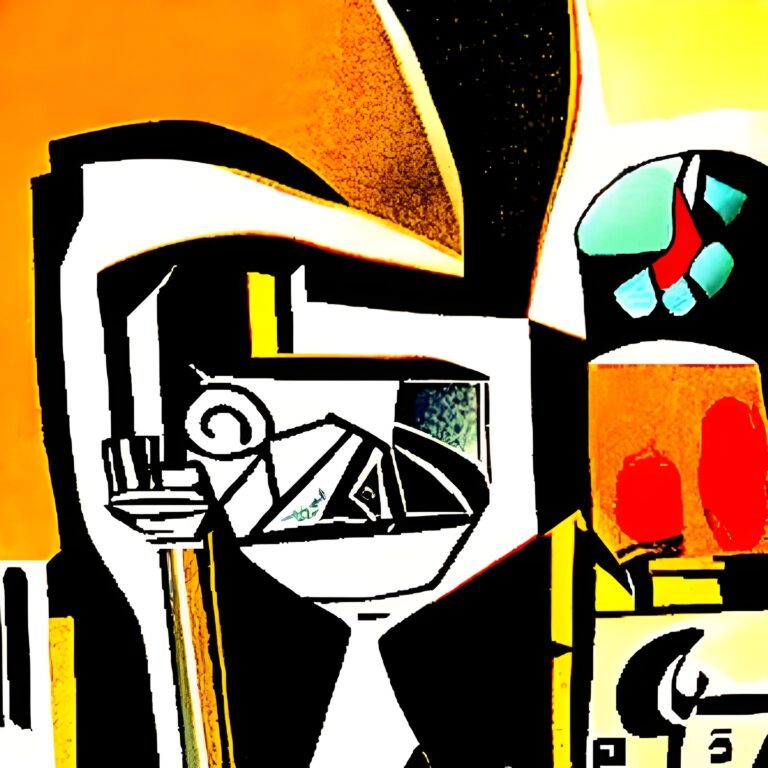Creating And Selling Nfts
NFTs, or Non-Fungible Tokens, have been making waves in the digital world, but what exactly are they? Think of them as unique digital certificates stored on a blockchain, which is like a digital ledger. They’re used to certify ownership of unique assets, whether it’s digital art, a tweet, or even a piece of music.

The cool thing about NFTs is their variety. You can find NFTs in art and music, gaming, and many other sectors. Each type serves a different purpose. In gaming, for example, they might represent in-game items you truly own, which you can sell or trade, unlike traditional games.
At the core of NFTs is blockchain technology. This tech ensures that each NFT is one-of-a-kind and cannot be replicated. So, when you buy an NFT, you’re essentially buying a digital ‘one-off’ certified by the blockchain. This gives it rarity and authenticity, something highly valued in the digital world.
Rarity and authenticity are what make NFTs so appealing. In the digital realm, most things can be endlessly copied, but an NFT proves that what you have is the real deal. This is why collectors are willing to pay big bucks for them. The value often comes from the NFT’s uniqueness, provenance, and the reputation of the creator.
Creating Your First NFT: A Step-by-Step Guide
Getting into the creation of NFTs starts with finding the right platform. Not all platforms are created equal, and each has its vibe and user base. Some of the popular ones include OpenSea, Rarible, and Mintable, which offer different features and community support. Picking one that aligns with your vision is crucial.
Designing your NFT comes next. You don’t need to be a professional artist to create something unique. There are plenty of tools to help you design your NFT, whether you’re making digital art, a collectible, or a simple token. Tools like Adobe Illustrator, Blender, or even simpler apps like Canva can be your best friend here.
Once you’ve got your NFT design ready, it’s time to mint it. Minting an NFT basically means publishing it on the blockchain, making it available for others to own, buy, or trade. While this might sound techy, the platforms make it straightforward. But here’s where gas fees come into play. These are transaction fees for using blockchain, fluctuating based on network demand. It’s smart to keep an eye on these fees as they can affect the total cost.
Before hitting ‘mint’, you should also consider copyright and legal issues. Making sure you have the rights to the content you’re minting is a big deal. The NFT space is still relatively new, and legal frameworks are catching up. Aligning with existing regulations can save headaches down the line.
Strategies for Successfully Selling NFTs
Setting the right price for your NFT can be tricky, but it’s all about knowing your market and your audience. Price it too high, and you might scare off potential buyers. Too low, and you might undersell yourself. Research similar NFTs and see what they’re going for. Think about the rarity, the appeal, and the current demand in the market.
Choosing where to sell your NFT is another big decision. With platforms like OpenSea, Rarible, and Foundation, each has its strengths and quirks. OpenSea is the eBay of NFTs—a massive marketplace where almost anything goes. On the other hand, Foundation leans more towards art and exclusive drops. Match your NFT to the right platform to maximize exposure.
Marketing your NFT is crucial. You can’t just mint it and hope for the best. Share it on social media, reach out to your network, and connect with NFT communities on platforms like Discord and Twitter. Get your story out there—why did you create your NFT? What makes it unique? Authentic storytelling can be a game changer.
Building a community around your NFTs can boost your success. Engage with potential buyers and other creators. Host discussions, participate in online forums, and consider creating a website or blog. Community engagement not only increases visibility but also adds value to your NFT, as buyers love to be part of something bigger.
The Future of NFTs and Their Potential Impact
NFTs are not just a passing trend; they’re carving out a niche in our digital landscape. Emerging technologies like the metaverse and virtual reality are expanding the possibilities for NFTs. Imagine owning virtual real estate or exclusive digital fashion items, authenticated on the blockchain. The integration of NFTs in these spaces is just the beginning.
With NFTs’ rise, environmental concerns have bubbled up, especially surrounding the hefty energy use of blockchain networks like Ethereum. However, solutions are on the horizon. Many developers are working on more sustainable blockchain methods to help ease the ecological impact, aligning with global eco-friendly trends.
Brands and businesses are jumping on the NFT bandwagon, using them for everything from brand engagement to creating digital twins of physical products. This shift shows a broader acceptance and innovation of NFTs in various industries. It’s a signal that NFTs offer real-world value and not just digital novelty.
Meanwhile, regulations are catching up with the fast-paced NFT environment. Countries and regions are beginning to establish rules to protect buyers and creators alike, ensuring fair play in the NFT marketplace. Keeping abreast of developments in this area is important for anyone involved in creating or trading NFTs. The landscape is evolving, and staying informed helps everyone navigate the complexities safely and successfully.



